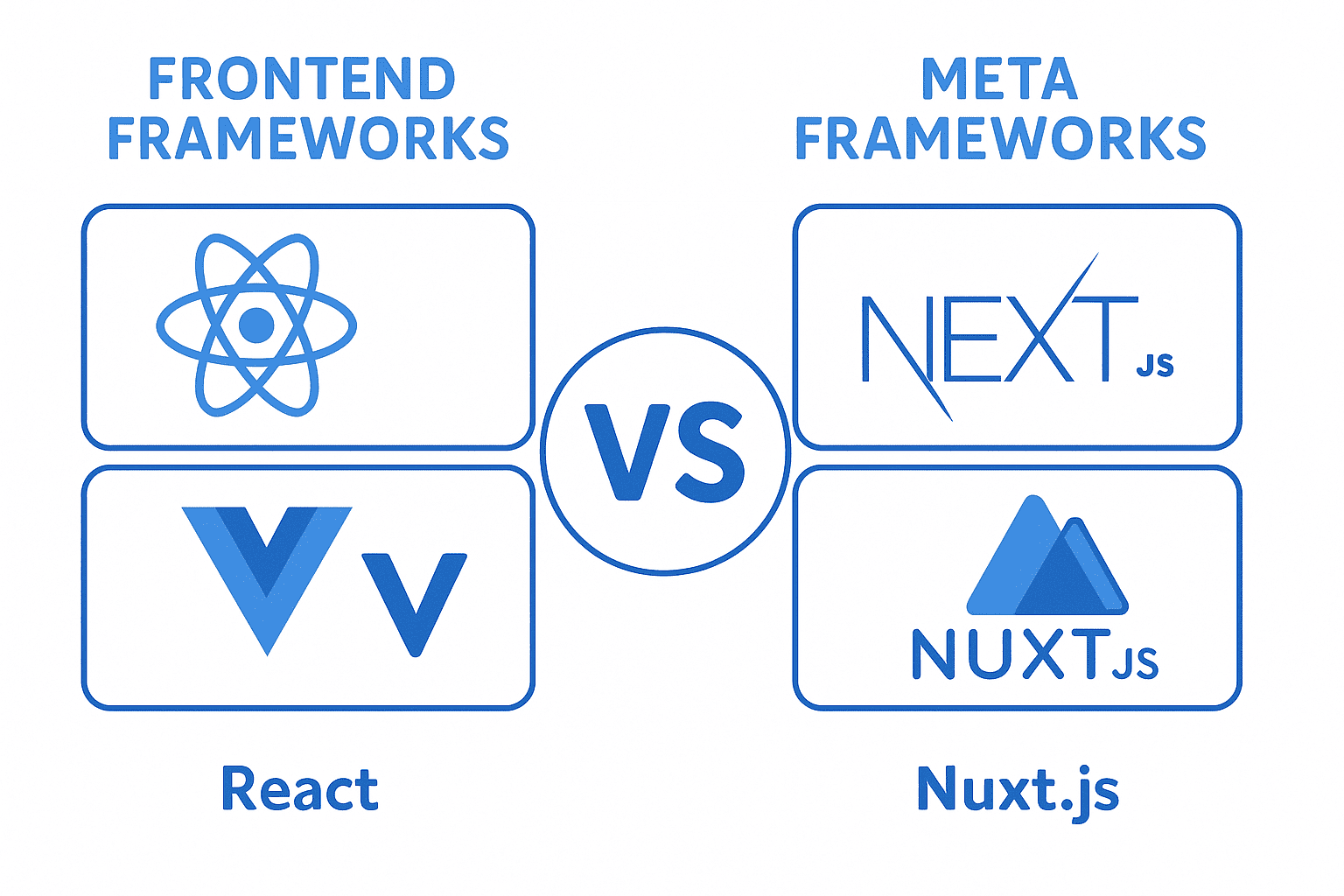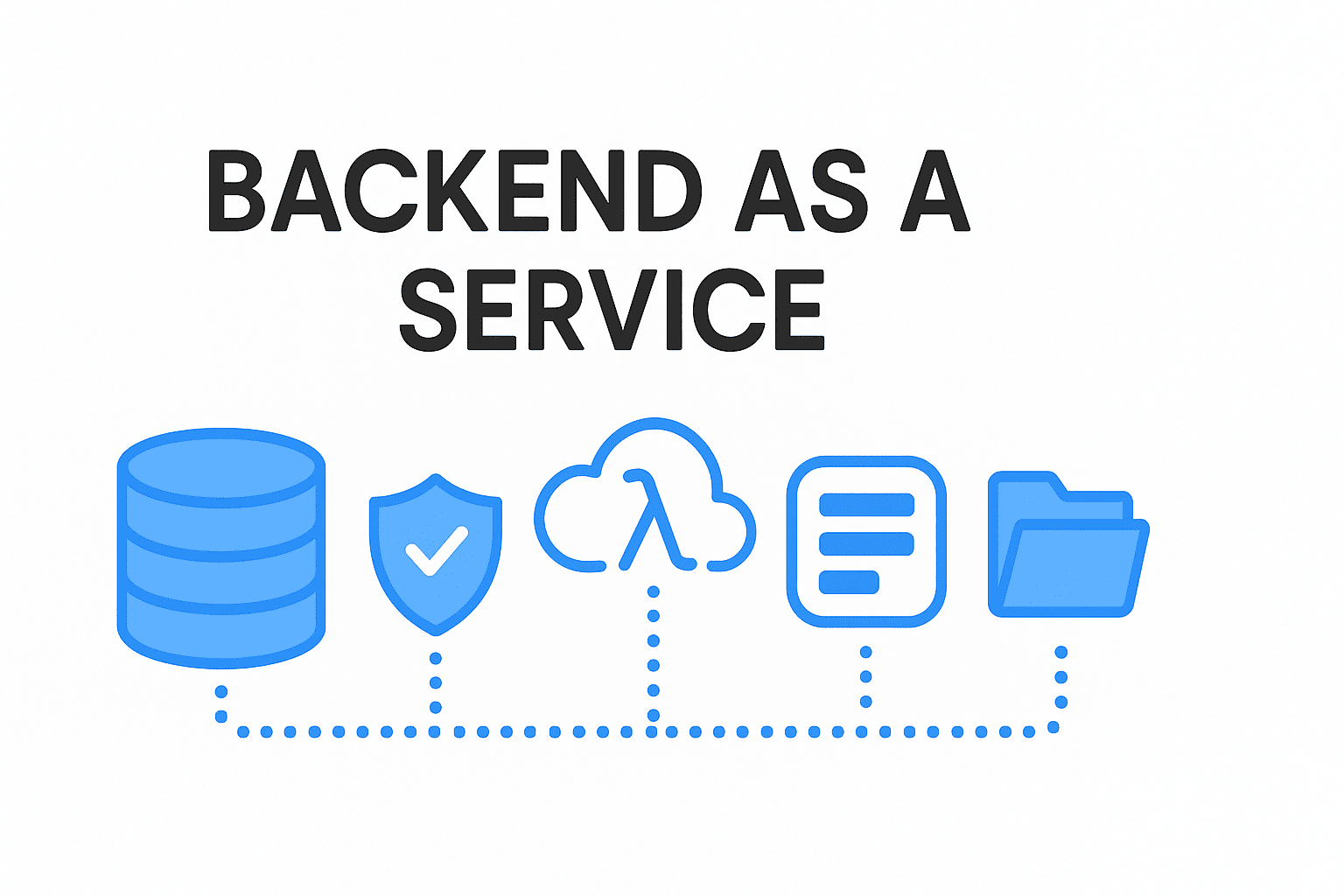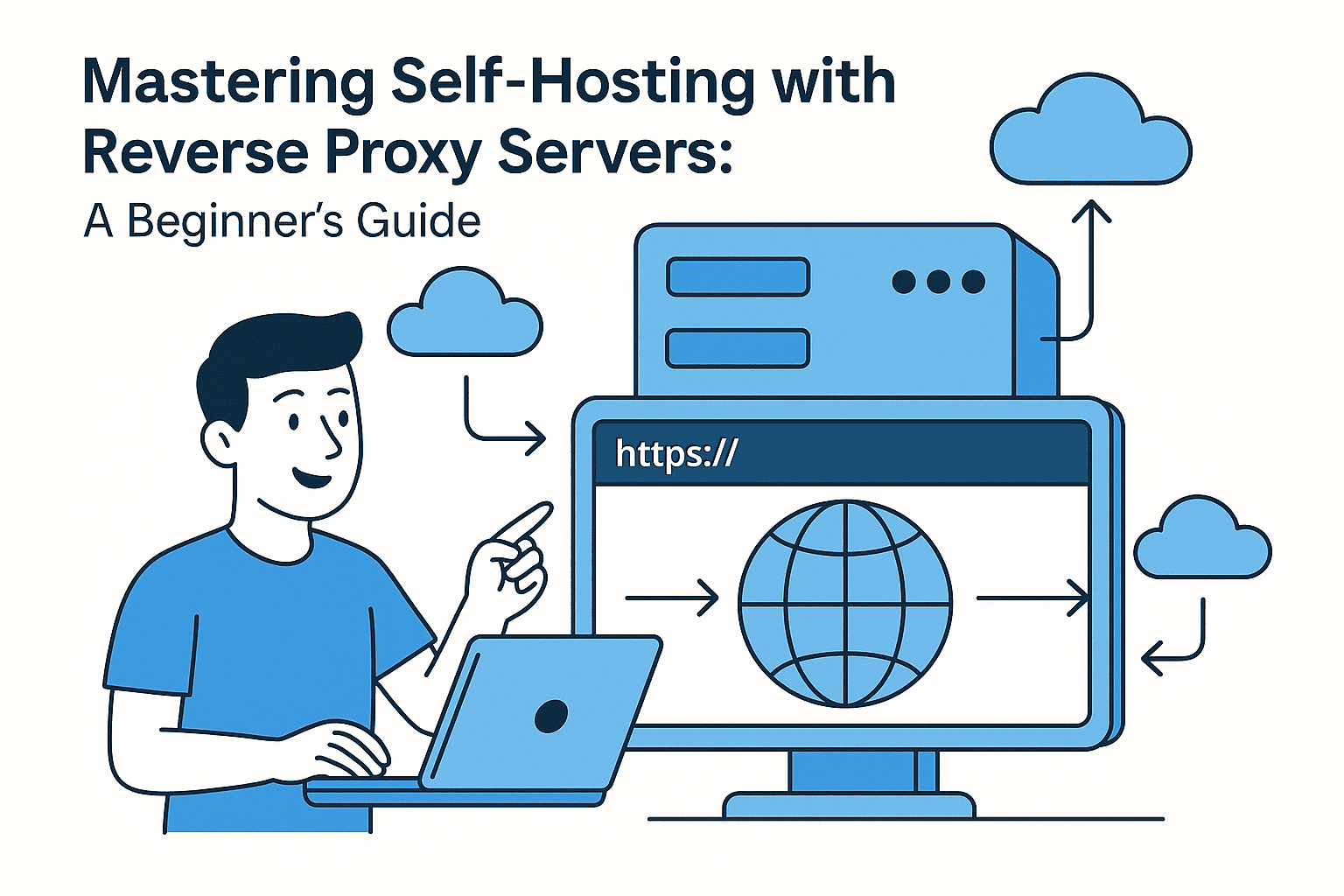Being a full-stack developer means wearing many hats—developer, designer, tester, optimizer, and sometimes even sysadmin. To stay effective and deliver high-quality projects on time, I’ve built a toolkit that streamlines every step of my workflow, from coding and design to hosting and optimization.
In this article, I’ll share the tools I rely on daily as a contract full-stack developer and how they fit together into a productive, modern workflow.
Coding Tools
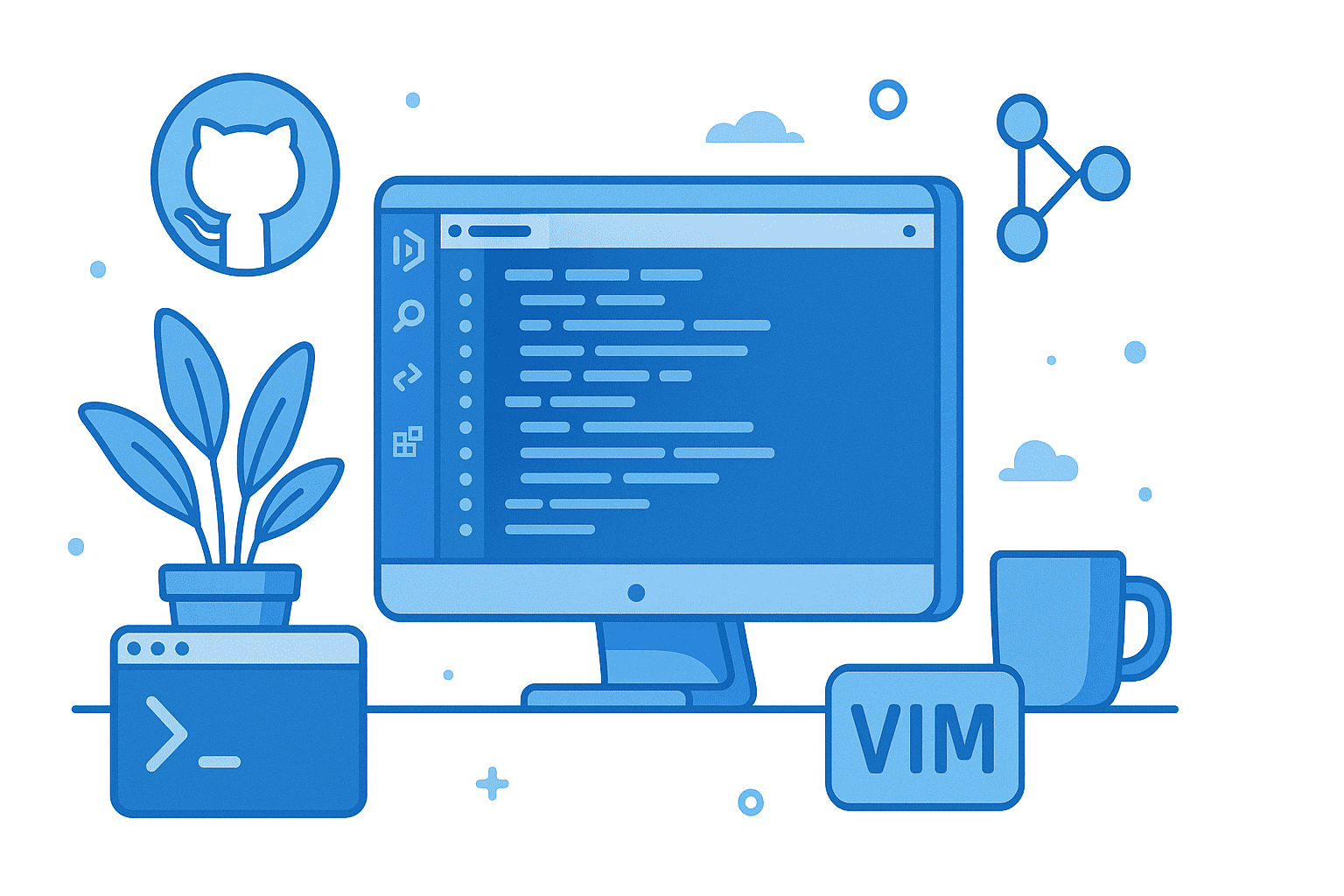
Every developer needs a reliable coding environment. For me, that starts with:
Visual Studio Code
My main editor, with a rich ecosystem of extensions for debugging, linting, and project management. It’s lightweight but powerful, making it perfect for both front-end and back-end development.
VIM
When I need speed and minimalism, VIM is my go-to. Especially useful when working in servers via SSH.
GitHub
For version control and collaboration. GitHub is where my projects live, get reviewed, and grow through contributions and continuous integration.
Front-End Tools
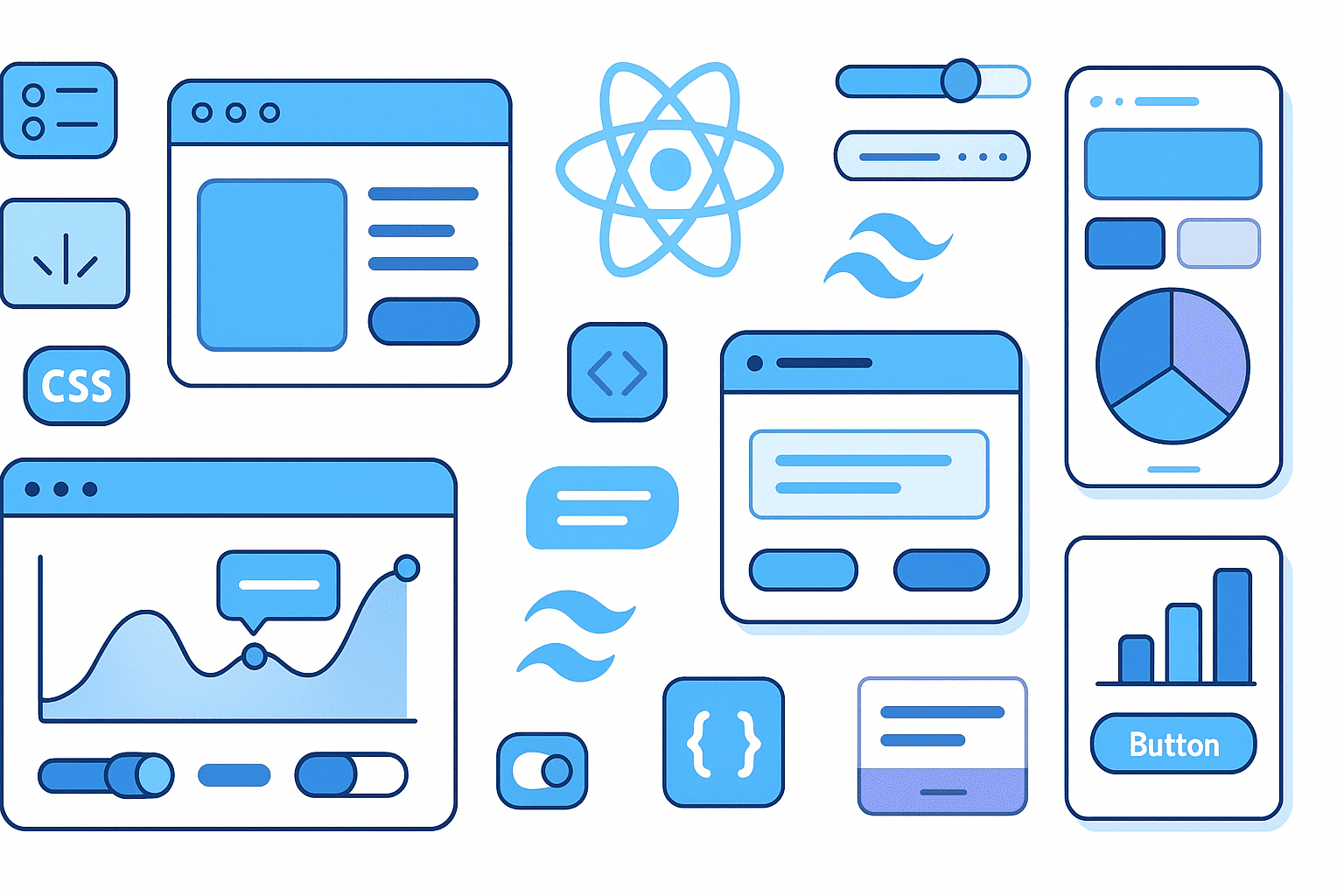
The front end is the user’s first impression, so I rely on a mix of modern frameworks and tried-and-true libraries:
React (Next.js)
For building dynamic, server-side rendered applications with excellent performance.
Vite
My choice for fast builds and an optimized development environment.
jQuery
Still handy for lightweight DOM manipulations and quick fixes in legacy projects.
TailwindCSS & Bootstrap
Depending on the project, I use TailwindCSS for utility-first styling or Bootstrap for rapid prototyping.
D3.js
My go-to for creating interactive and data-driven charts.
Back-End Tools
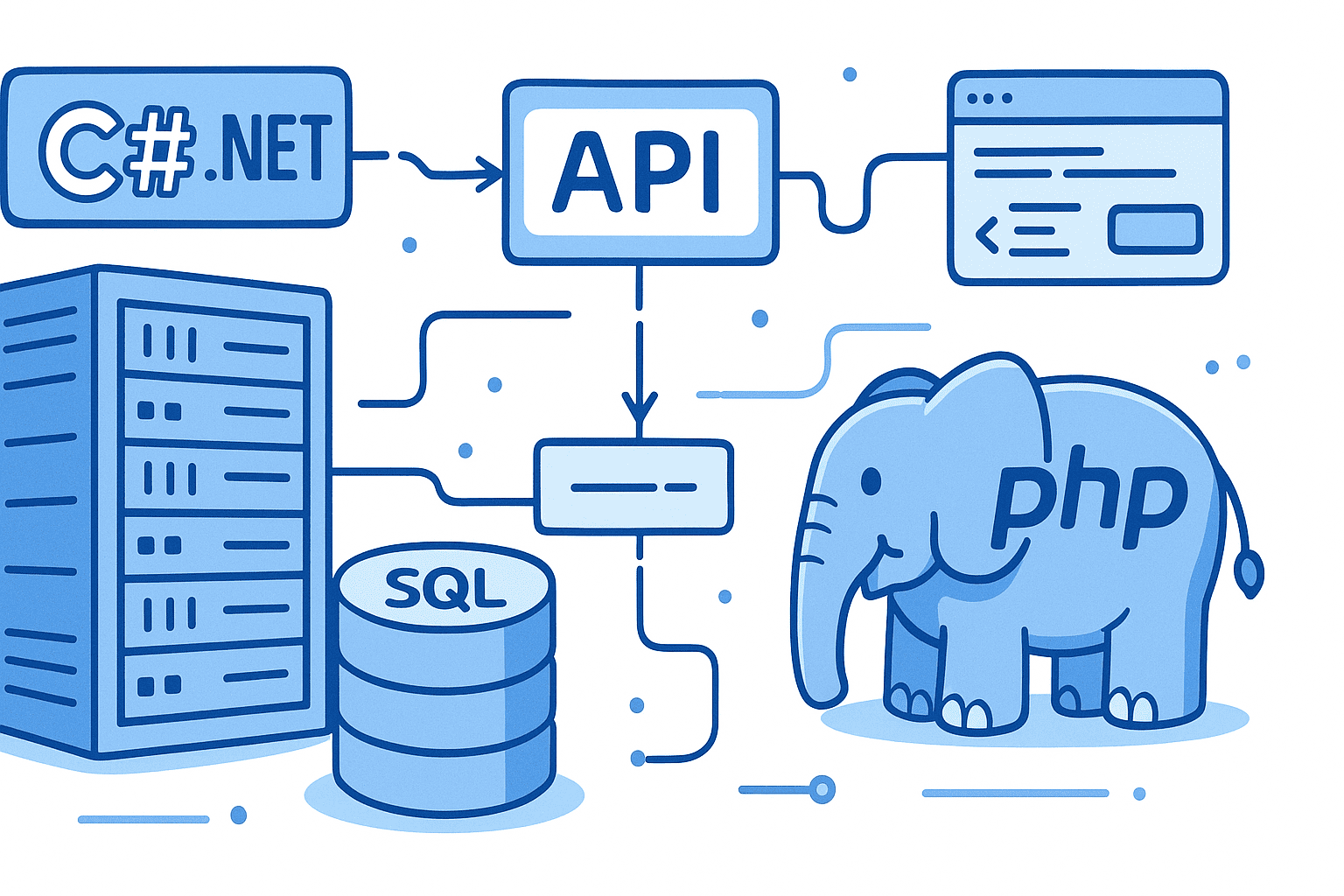
Behind the scenes, these tools handle business logic, APIs, and data:
C# .NET
Reliable and enterprise-friendly, great for robust applications.
PHP Laravel
A clean and elegant framework for building web applications quickly.
SQL (MySQL & PostgreSQL)
For relational databases, I use MySQL when simplicity matters and PostgreSQL when advanced features are needed.
Postman
An indispensable tool for testing APIs during development.
Hosting Tools
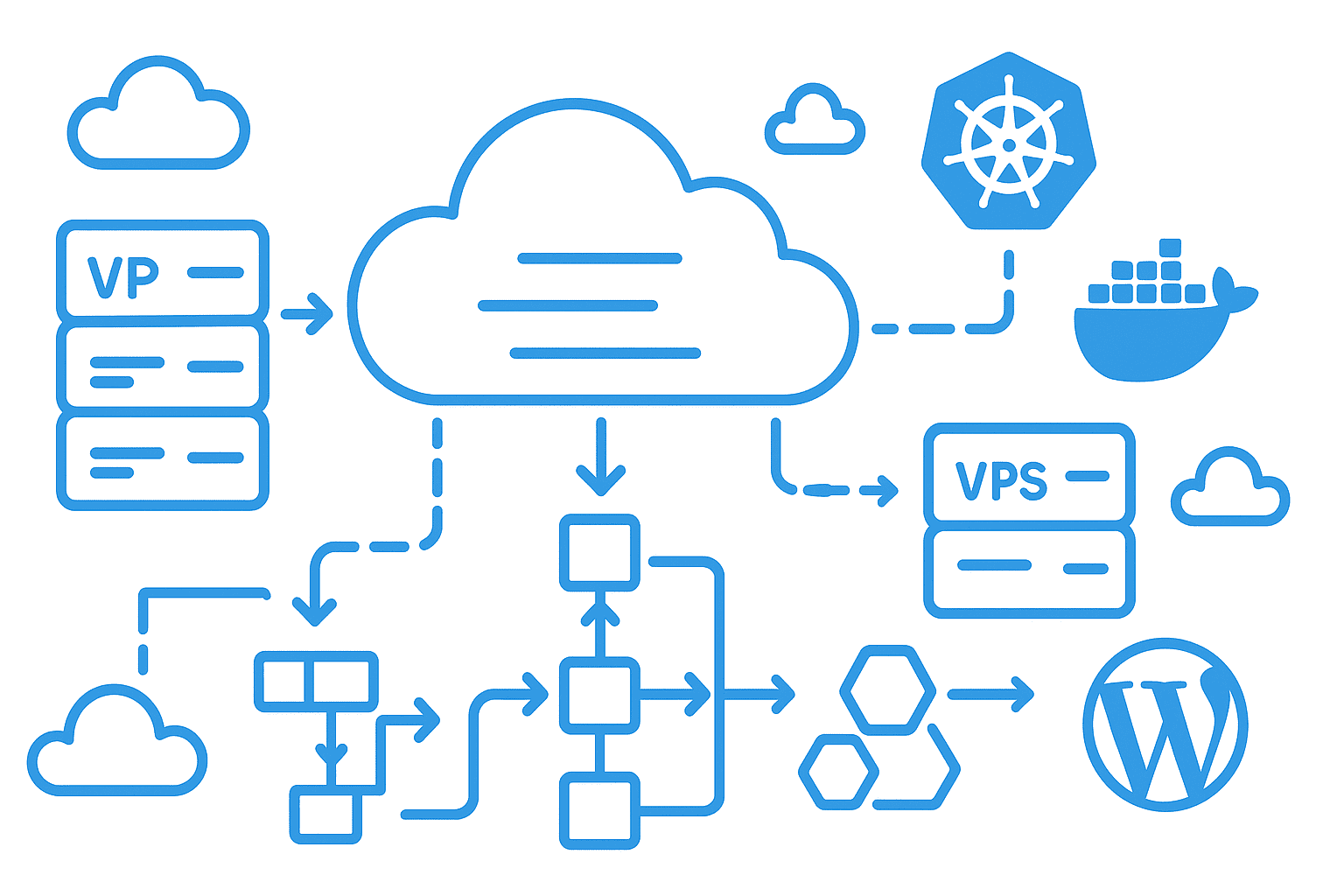
As a contractor, I often manage deployment and hosting. Here are my staples:
GoDaddy/Hostinger VPS
Affordable and flexible options for hosting client websites with full control over server configurations.
Vercel
The easiest way to deploy Next.js and other front-end frameworks seamlessly.
AWS
For scaling, cloud storage, and enterprise-level hosting needs.
Design Tools

Good design is as important as good code. To bridge the gap between developers and designers, I use:
Figma
Collaborative design and prototyping tool that integrates perfectly with remote teams.
Color-Hex.com
My quick reference for finding and generating color palettes for projects.
Optimization Tools
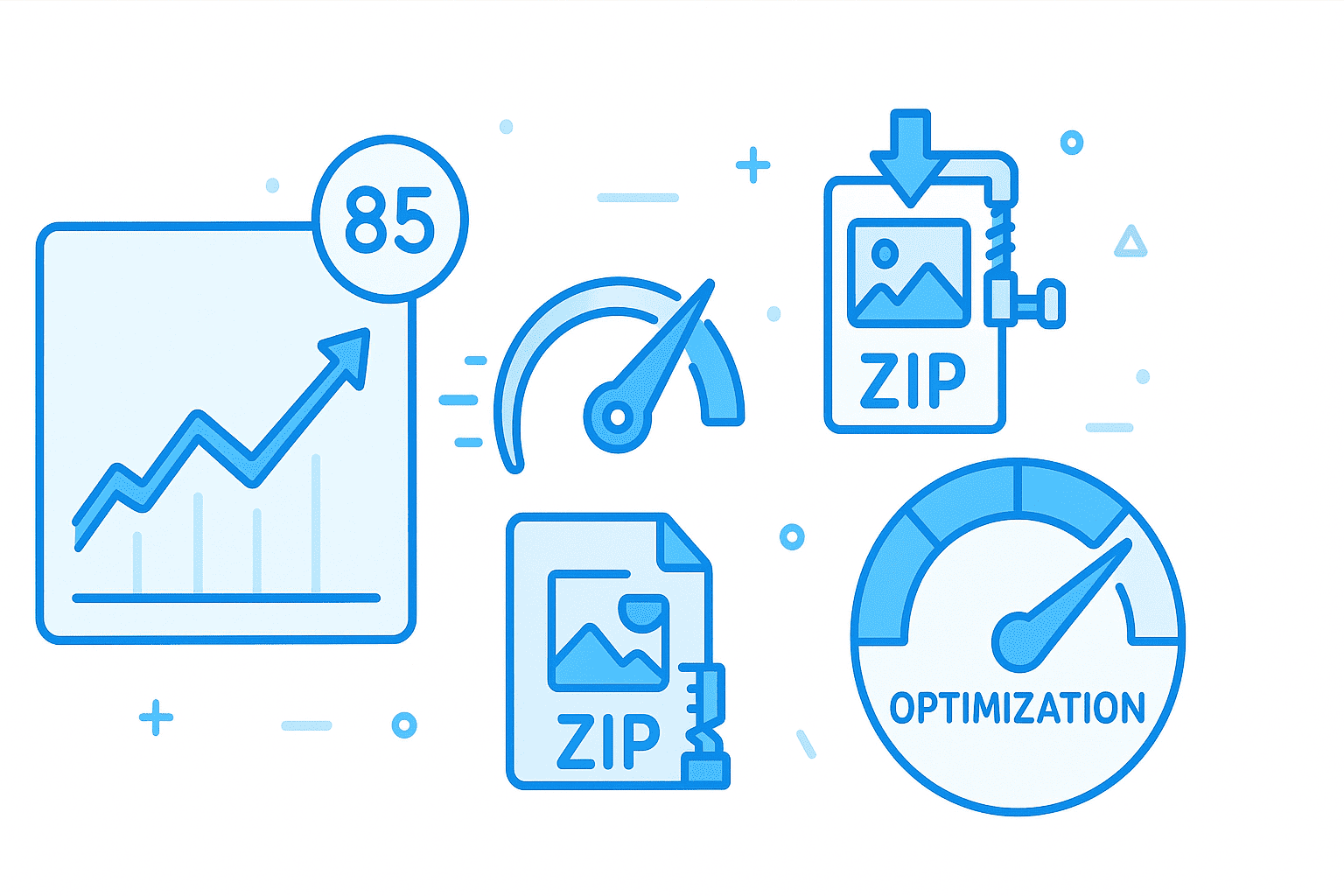
Once a site is live, optimization ensures it loads fast and runs smoothly:
PageSpeed Insights
To audit performance, accessibility, and best practices.
iLoveIMG
A simple but powerful tool for compressing and resizing images without sacrificing quality.
Final Thoughts
This toolkit reflects the balance I aim for as a full-stack contractor: reliable, flexible, and efficient. While tools evolve, what matters most is choosing the right ones for each project and knowing how to combine them effectively.
Whether I’m coding in Visual Studio Code, deploying on Vercel, or designing in Figma, this stack keeps me productive and my clients happy.
🤝 Need a Custom RSVP System or Dashboard?
I help businesses build tools that actually work , even on tight deadlines.
Whether you're planning an event, need internal tools, or want a custom dashboard for your team , I can help.
Reach out
📧 Email: safi.abdulkader@gmail.com | 💻 LinkedIn: @abdulkader-safi | 📱 Instagram: @abdulkader.safi | 🏢 DSRPT
Drop me a line, I’m always happy to collaborate! 🚀

